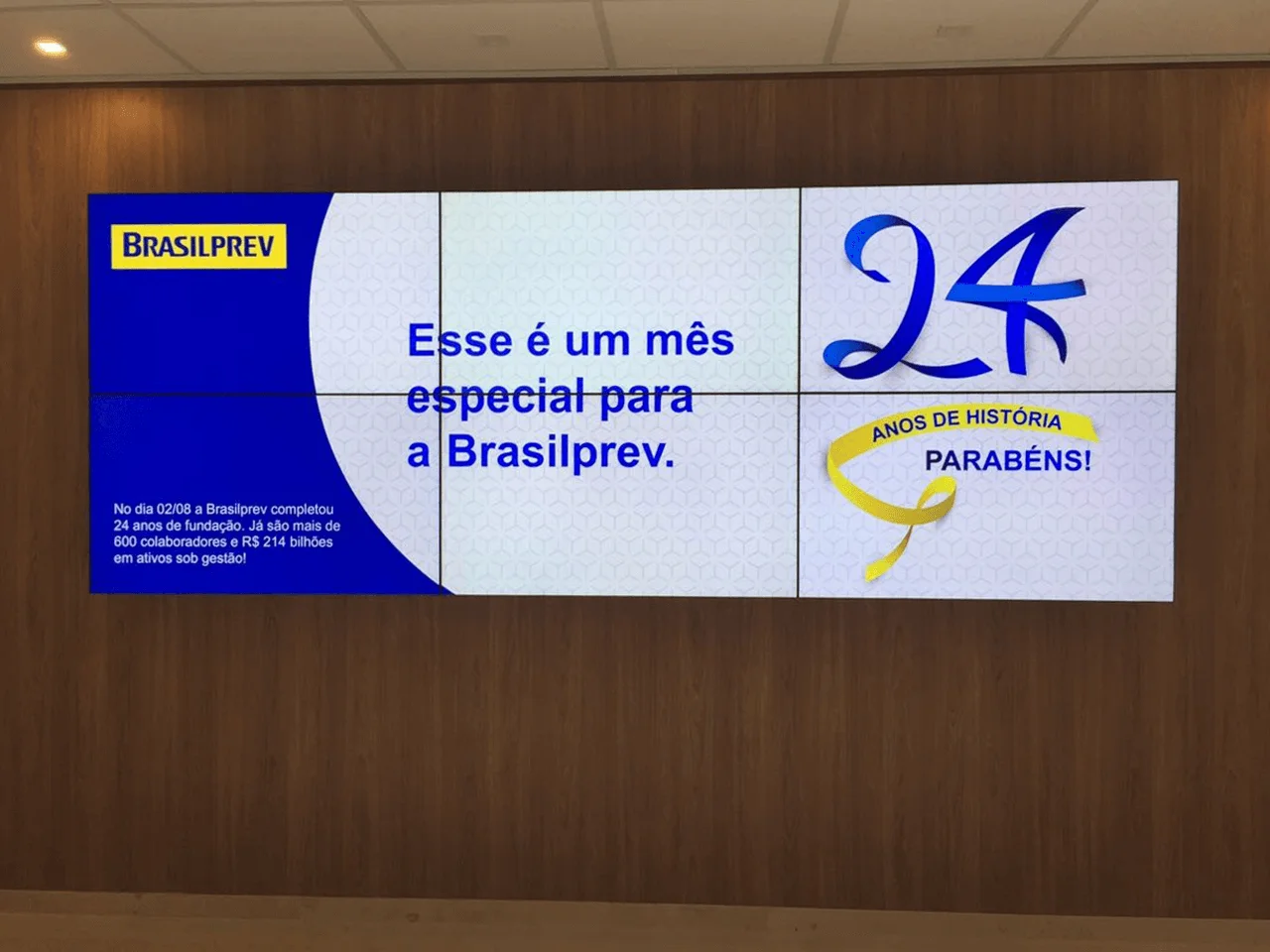How to develop more inclusive Internal Communication
What's the point in sending a message if the content doesn't reach or isn't understood by the recipient? When it comes to internal communication and inclusion, several factors must be taken into consideration. Have you ever stopped to think if the public PCD Is it achieved through your company's CI channels and actions?
Around 24% of the population reported having some degree of difficulty (cognitive, visual, auditory or motor), according to the 2010 Census, carried out by IBGE. They are 46 million Brazilians with disabilities. However, only 1% is inserted in the job market, corresponding to just over 400 thousand people, even with the Law 8213/91, popularly known as the Law of Quotas for People with Disabilities, has existed for 30 years and ensures the mandatory hiring of PwD's for organizations with at least 100 employees.
Although the numbers are abruptly small, it is still necessary to take into account that many institutions do so solely to comply with the law.
But the challenge does not end there, for the person with a disability who manages to be part of this 1%, another obstacle appears: dealing with companies that have not developed an organizational culture inclusive.
But how to use CI to promote inclusion within organizations?

- Step: Empathy. Walking in other people's shoes is a fundamental experience in knowing how to provide a more welcoming organizational environment. By doing this exercise, we can get a taste of how difficult it is to be in the shoes of those around us and, from that, promote adequate communication.

- Step: Awareness. Think about actions that the CI team can take to raise awareness and instruct other employees to relate and communicate with PwD colleagues in an inclusive way. Deconstruct prejudice, promote campaigns and publicize through internal social networks. Here at B2, for example, we use tools such as TV and the Corporate App.
“Audio and video vehicles are the most democratic when it comes to passing messages to employees. Corporate TV continues to be the best option for operational plants. It allows the use of animations without words and even audio, making it possible for even illiterate people to understand the message”, explains Ana Carolina Caminha, specialist in Internal Communications.

- Step: Communicate. It is extremely important that the content developed by the CI team also reaches employees with disabilities. When producing content, it is essential to ask yourself:
What will I say? Will employees with different types of disabilities be able to receive my message? When you receive it, will you be able to decode it? Is there any noise in my communication process?
We asked Ana what were the main difficulties she faced when she had to implement inclusion strategies in the internal communication of a large company she worked for and one point highlighted was the change in industry mentality: “I started to favor more inclusive vehicles. For example, I updated Corporate TV once a week. After starting to look at inclusion, it started to be updated whenever there was new news. Another challenge was changing people's information consumption culture. The TV in the cafeteria was often ignored as people preferred to talk. After a campaign, giving voice and prominence to the employees themselves to appear on screen, it gained space in their routine.”
B2 has prepared some suggestions for you to leave your company with more inclusive communication:
- To reach audiences with hearing impairments: Maintain eye contact, always count on an interpreter POUNDS. At the Worksphere, our internal communication platform, we have this functionality. How about trying it?
- To reach visually impaired audiences: Speak at normal volume and directly. For channels, try to develop audio content such as podcasts, it is a dynamic and bold way of translating written information.
- To reach audiences with cognitive disabilities: Use sentences in direct order (subject-verb-object), be clear and objective. Images and videos are a great option, as they help understand the message. To convey them, use tools such as the Digital Mural.
- To reach audiences with mobility disabilities: If you notice that there is difficulty with a task, offer help, but always ask how. When holding CI events and actions, never forget to offer ACCESSIBILITY.
“When the company communicates effectively with all employees, the company's culture spreads and is maintained, more feedback is received, the employee's trust in the brand increases, and, consequently, the climate in the team and motivation in the work”, comments the professional.
Believe me, the CI team has a lot to contribute to this mission towards inclusion. So let's start? The formula is: Empathy + Communication = Inclusion.





